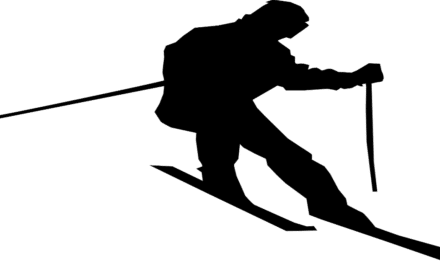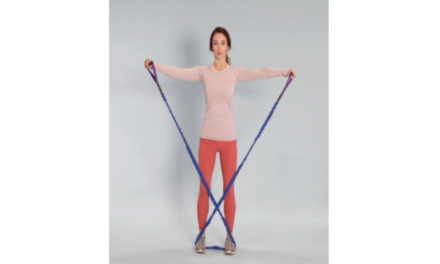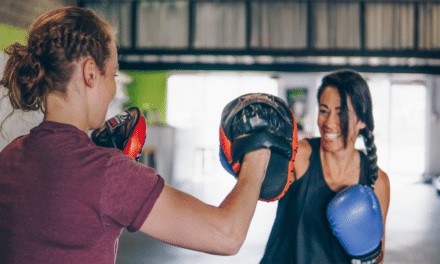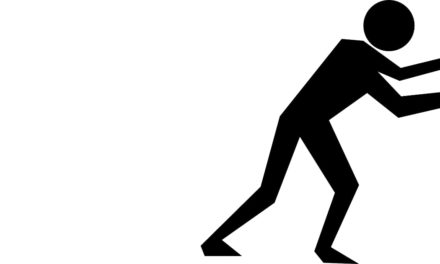Forward planks are probably the best exercise to strengthen your entire body isometrically. Over the last few years, I have done planks at least four times each week, which has increased my whole body’s strength. The next few blogs in the exercise section will speak about different forms of planks that I have found are extremely useful and do not cause pain. I will give me a personal description of the exercise and then provide a website to help demonstrate how to do this type of plank. I will then give my own benefits that I have found from this exercise and use the same website to discuss the different muscle groups that the exercise targets.
First of all, a standard plank position is when you assume a push-up position and then hold that position. Then balance on your feet, hold your glutes down (if possible), keep your arms parallel to each other, and perpendicular to the ground and hold yourself with your arms. From that position, you will move your forearms onto the ground and hold yourself in that plank position. For the most effective plank, I have found that tightening different parts of your body can help to target them while you are completing this exercise (tightening your glutes and core seems to be helpful for me). I usually hold that position for three sets of two minutes, but as long as you spend at least 10 seconds, it will strengthen your body. While timing it, breathing in from your nose and breathing out through your mouth, is the best way to breathe so that you do not suffocate yourself during this exercise.
OpenFit’s website describes the process as assuming a push-up position, aligning shoulders with your wrists, dropping down to your elbows, rest on your forearms, extending your legs behind you, parallel your arms, and turning your palms down. (I have found that you can either clench your hands in a first or position your psalm on the floor). They also clarify the importance of pressing through your shoulders to dome your back, but tightening your core and glutes will also protect it. It also states that you should keep your legs straight to work your quads and hamstrings (but if you are unable to do that, bend your legs a little to work towards the goal of keeping them straight). They also state the need to breathe to oxygenate your muscles.
Now that you have the rundown of completing the exercise, I will describe several benefits resulting from this exercise. Planks strengthen your back muscles and work towards reducing scapular winging and enhance posture. The core is reinforced in this exercise and is continuously used throughout your day to walk, maintain a good posture, do any other form of exercise, eat food, and many more things. Strengthing your legs makes it easier for you to walk, do any other physical activities, stretch (yes strengthening your muscles will make it easier for you to stretch as long as you approach effective relaxation techniques such as rolling out, stretching, and taking magnesium baths), and maintain a better posture since it is not putting as much stress on your hip and back muscles. A better position for my back has reduced my lower back pain to almost nothing throughout my time planking. Since the plank is an exercise that requires some muscle strain in an isometric way, it releases hormones that make you happier. I have found that I have increased flexibility by doing all forms of plank exercises functioning as a way to strengthen your body and reduce tightness/inflammation throughout it.
From a muscle standpoint, the website above has a section that is extremely helpful in addressing it. The muscles that are worked during this exercise include Rectus Abdominis (abs/six-pack), Obliques (sides of your core), Transverse Abdominis (muscle below your obliques and abs), Erector Spinae (muscles that extend the spin), Quadriceps (quads), and Pectoral Muscles (pecs/chest). The website continues to discuss what that muscle group does explaining why the forward forearm planks are a great exercise. The abs are “… responsible for bending your body forward and even side-to-side,” which enables you to do side, forward, and back stretches to make you more flexible. The obliques “…help you twist your torso and assist in anti-extension (overextension). An anti-extension example is any exercise you do lying on your back while overextension is seen in the cobra yoga pose. The TVA muscles “…helps you stabilize the spine and hips by compressing the ribs and internal organs.” The Erector Spinae muscles ensure that you maintain the best posture possible. Quadriceps are straight forward; they help you walk and ensure the maintenance of your knee extension. The pec muscles “…stabilize your shoulders and upper body to keep you from dropping to the floor.”
As you can see, the plank has various benefits and works on strengthening your muscles to retain a healthy lifestyle. Doing planks ensures you can do other physical activities that make you happy or improve your body. I have found that planks have made me feel profoundly better and more energetic, ensuring my rigorous schedule in enhancing my muscles, whether its stretching or working them out. I would recommend to anyone to do planks every day for a healthy amount of time. You will quickly see how better you will feel as your posture will be better and will not result in tightness to compensate for poor posture. My physical therapist has witnessed my development for the last few years, and also believes that planks have been a fantastic addition to my work out program.





